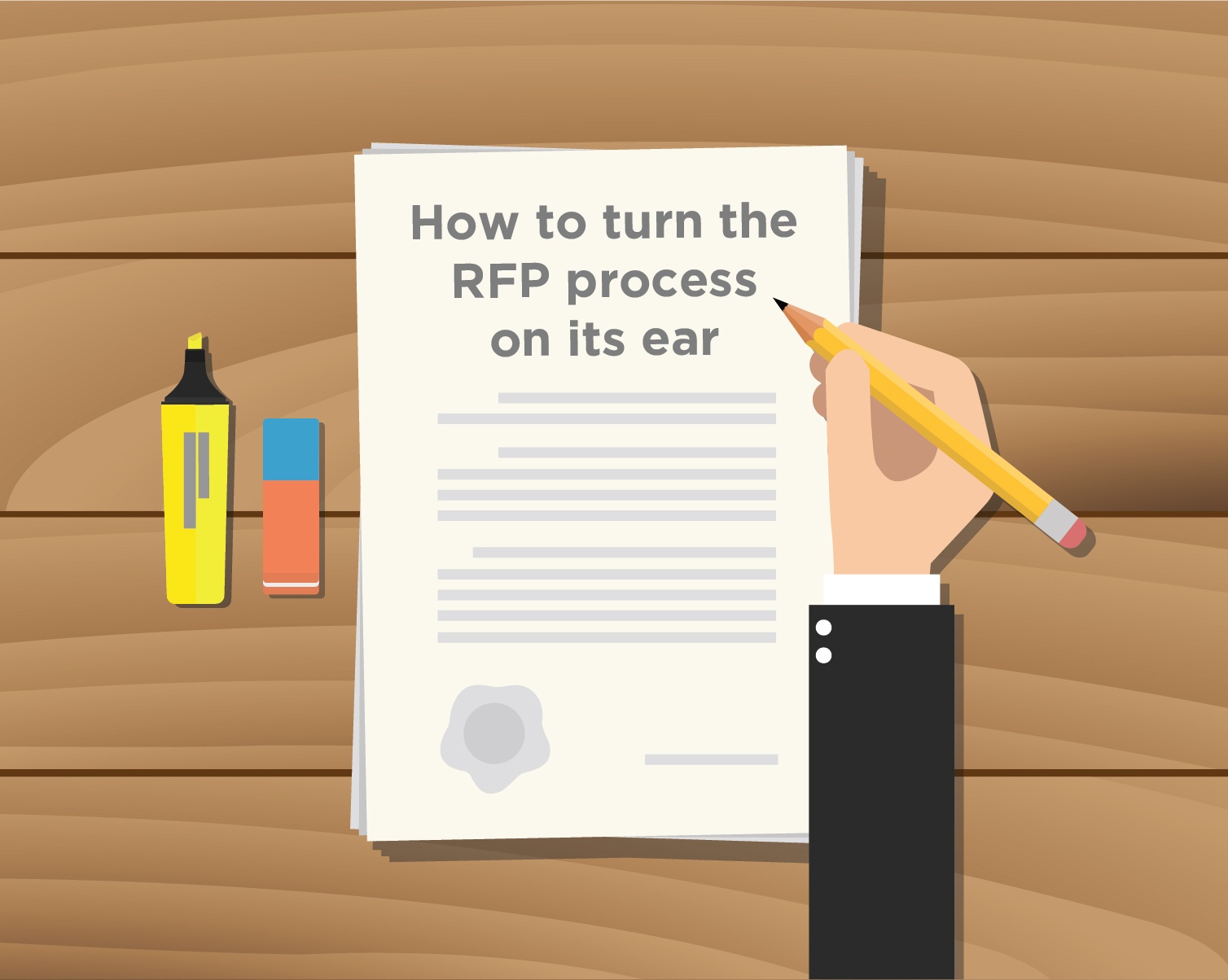
If you’re in sales, you’ve undoubtedly experienced this: a prospective client you’ve been pursuing finally rewards your dogged persistence—by including you in the company’s latest Request For Proposal process. The RFP arrives complete with countless pages of instructions and an aggressive deadline that obliterates your weekend plans. Oh, well, this is the opportunity you’ve been waiting for—a chance to go head-to-head with your competition and prove your worth as a solutions-based salesperson.
But read the RFP more closely and you’ll see that your prospect isn’t asking for solutions. In fact, the RFP details resolutions the customer has already identified. Your only tasks are to confirm you can deliver those solutions and to quote your lowest price.
You see, companies make 57 percent of purchasing decisions before contacting a supplier. That means they’ve already decided what they are going to buy and, more often than not, from whom they’re going to buy it. So, while many sales reps see RFPs as promising opportunities to get new business, bid requests are often slanted toward predetermined outcomes.
Knowing that, why cancel your weekend fun to labor over a proposal that stands little chance of getting you that new account? Why, indeed?
Redefining Needs
In the RFP process, bidders are not simply competing against rival suppliers. They’re also contending with foregone conclusions. What if you could change that?
In an article for Harvard Business Review, CEB’s Brent Adamson, Matthew Dixon, and Nicholas Toman relate a story of how one salesperson used an RFP presentation meeting to shake up the bidding process. Passing out his written proposal, the salesperson assured the review panel that his response included everything specified in their request. But rather than using his hour with the group to rehash his proposal, he used the time to inform the executives about important considerations they failed to include in their RFP.
In other words, instead of providing solutions to the issues outlined in the RFP, the salesperson pointed out three challenges the executives were not aware their company was facing. So enthralled was the panel with this approach that they sent home two vendors waiting to present—and sent the RFP process back to the drawing board. By redefining the prospect’s needs, the salesperson disrupted any premade selection decisions and ultimately won the business for his firm.
Stop Solving Problems; Start Creating Them
Forward-thinking companies are not just seeking solutions to known problems—they’re also looking for insight into problems they haven’t yet considered. By redirecting discussions from predefined objectives into conversations concerning emerging issues, you can alter the predetermined outcomes common with the RFP process.


